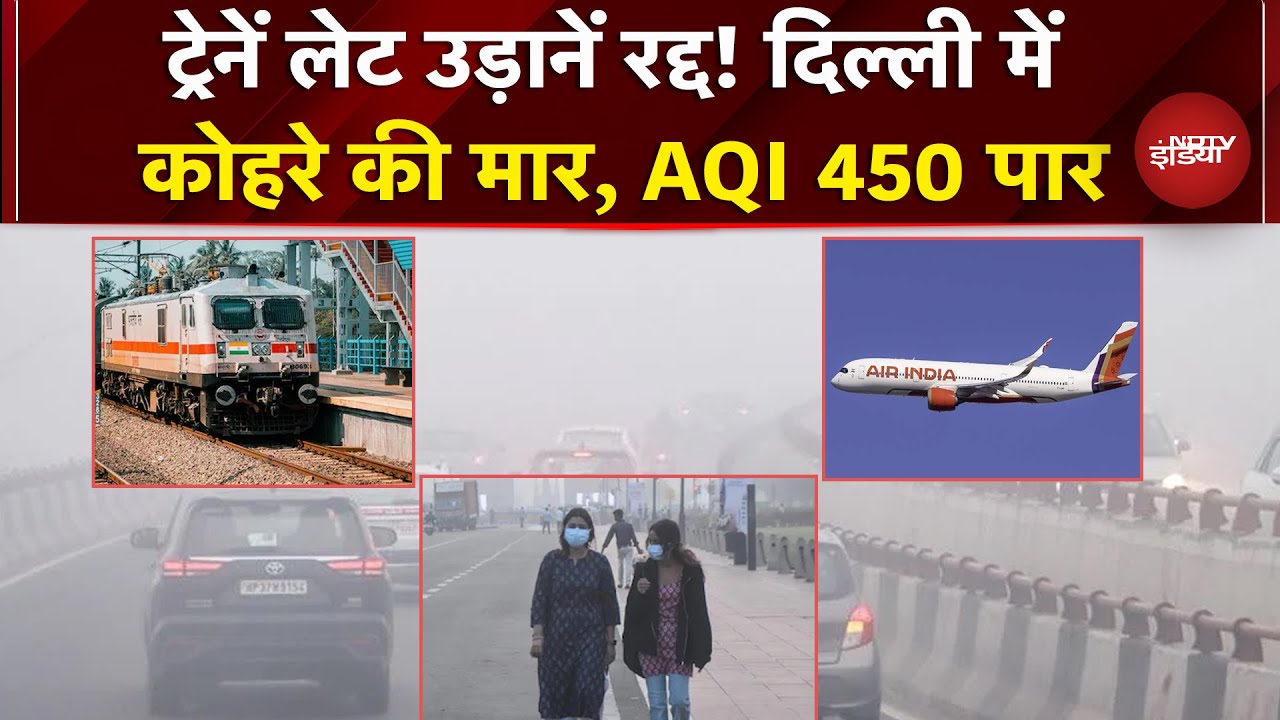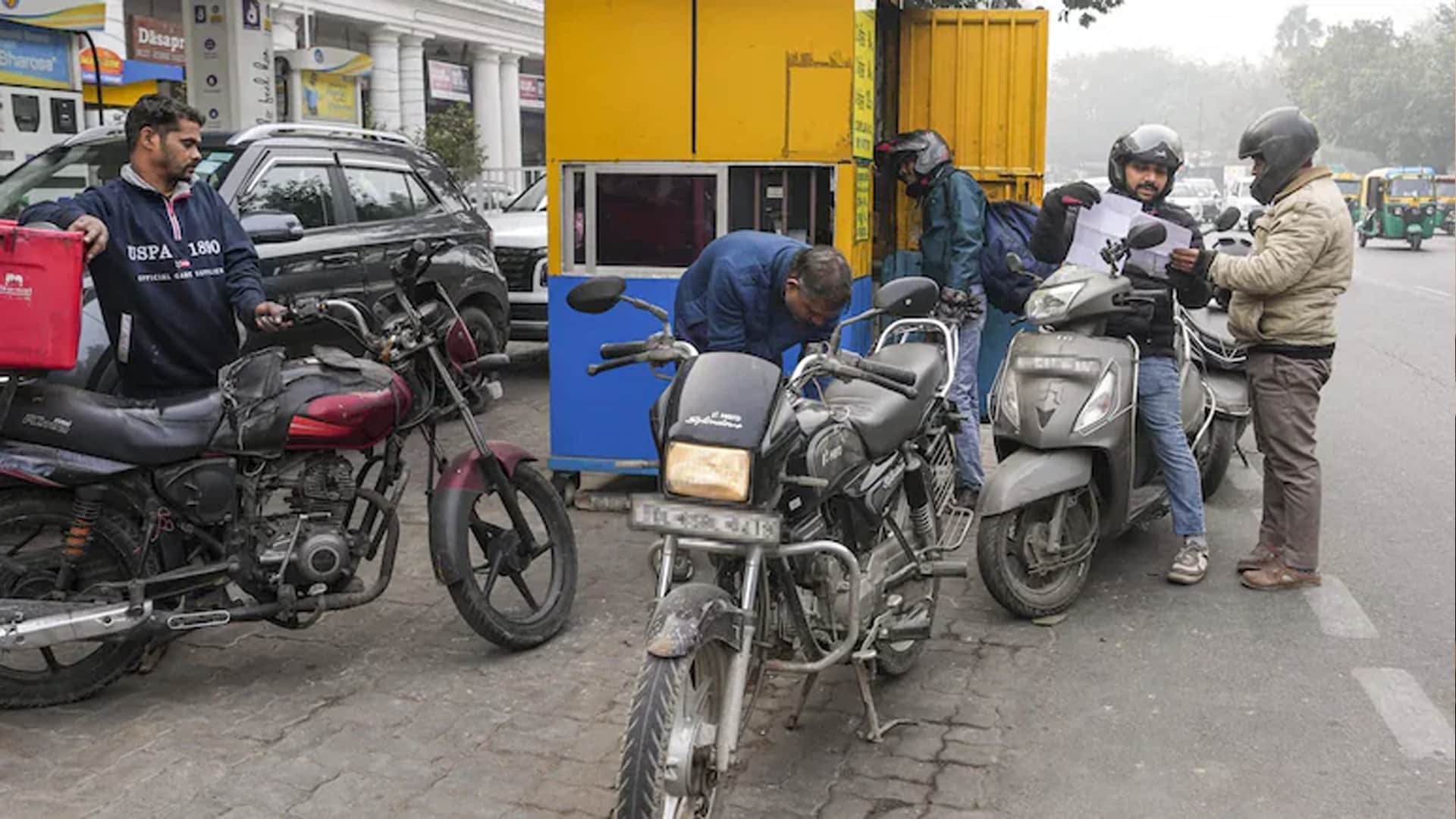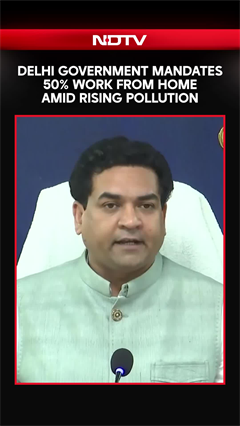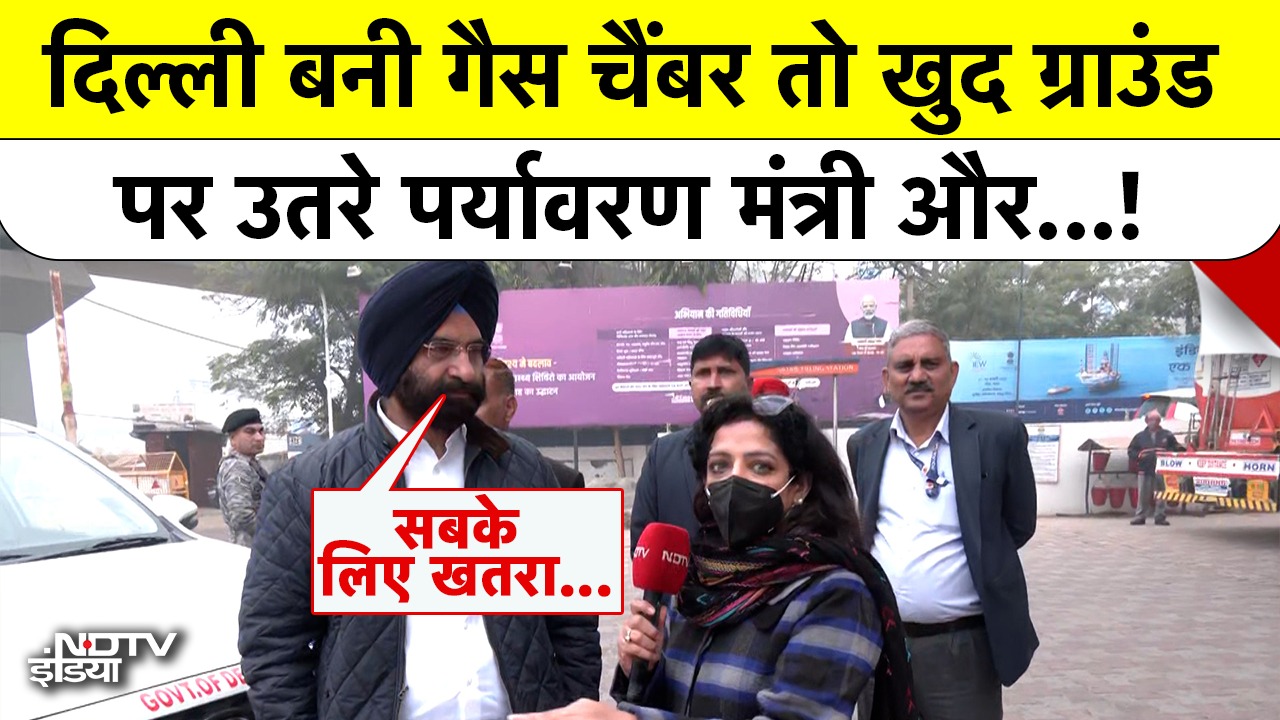- Home/
- Explained: Why Is South Asia Global Hotspot Of Pollution
Explained: Why Is South Asia Global Hotspot Of Pollution

Toxic levels of air pollution are disrupting the lives of millions of people in South Asia forcing closure of schools, impacting sporting events and leaving governments urging people to stay in doors to avoid health problems.
The worsening air pollution is an annual problem for South Asian nations as winter approaches and cold, heavy air traps pollution in a thick layer of smog.
South Asia has become the global hotspot for air pollution, with studies finding four of the world's most polluted countries and nine of the 10 most polluted cities in the region.
Why Is Pollution In South Asia Worse Than Other Places?
Countries in South Asia have seen a marked increased in industrialisation, economic development, and population growth over the past two decades, leading to increased demand for energy and fossil fuels.
While sources like industries and vehicles affect most countries, there are certain major contributors that are unique to South Asia, including solid fuel combustion for cooking and heating, human cremation, and burning of agricultural waste.
About 38% of the pollution in New Delhi this year, for example, has been caused by stubble burning - a practice where stubble left after harvesting rice is burnt to clear fields - in the neighbouring states of Punjab and Haryana.
An increase in the number of vehicles on roads as the region has developed has also exacerbated the pollution problem. In India and Pakistan, for example, the number of vehicles has increased four-fold since the early 2000s.
New Delhi, ranked the world's most polluted capital for four years in a row by Swiss Group IQAir, has 472 vehicles per thousand population, according to government data, with almost eight million vehicles running on its roads as of 2022.
Why Are Efforts To Reduce Pollution Not Working?
Although South Asian countries have started trying to curb pollution, putting together air quality management plans, installing more pollution monitors, and pushing for a switch to cleaner fuels, these are yet to yield significant results.
Experts say that the problem lies in a lack of coordination on pollution control efforts between the countries.
Dust particles can travel hundreds of kilometres, studies say, transcending national boundaries and impacting countries other than those in which they originate.
About 30% of the pollution in Bangladesh's largest cities, for example, originates in India and is transported to the country by the wind moving from northwest to southeast.
Country-wide or city-wide measures to curb toxic air, hence, have limited effectiveness.
What Is The Solution?
Countries across South Asia will have to coordinate efforts if the region's pollution problem is to be solved, collaborating to enhance monitoring and make policy decisions. At the same time, these region-wide efforts will have to be balanced by moulding solutions to suit local conditions where needed.
In addition, the focus will also have to be broadened to include sectors that have received limited attention so far, such as agriculture and waste management.
To curb stubble burning, for example, governments can offer subsidies on better harvesting machines. Countries like India have already started offering such incentives but demand for such machines has been limited due to their high purchase cost and high waiting time for those who want to rent them.
(Except for the headline, this story has not been edited by NDTV staff and is published from a syndicated feed.)
also read
"Leaving Delhi After 13 Years": Man Blames City's Pollution For Developing Asthma
Edited by Astitva RajAs Delhi Chokes, MPs Scrap Air Crisis Debate Over Bad 'Atmosphere': Sources
Written by Chandrashekar Srinivasan3,746 Challaned, 61,000 PUCs Issued On Day 1 Of 'No PUC, No Fuel' In Delhi
Reported by Ishika Verma
Latest Stories
- Edited by Astitva Raj | Friday December 19, 2025
His post quickly became popular among people who have experienced similar health and safety concerns while living in Delhi.
- Press Trust of India | Friday December 19, 2025 , New Delhi
Commuter awareness rises after Delhi's BS-VI and No PUC, No Fuel enforcement; fuel sales dip in border areas, PUC queues remain steady, says DPDA president.
- Written by Chandrashekar Srinivasan | Friday December 19, 2025 , New Delhi
India's lawmakers were supposed to discuss the horrid blanket of toxic air smothering the national capital region sometime during Parliament's winter session, which wrapped up Friday. But they could not find the time.
- Friday December 19, 2025
After the fourth T20I between India and South Africa in Lucknow was abandoned due to 'excessive fog', concerns regarding Air Quality Index (AQI) has been raised ahead of the fifth T20I in Ahmedabad.
- Reported by Ishika Verma | Thursday December 18, 2025 , New Delhi
Delhi's 'No PUC, No Fuel' directive came into force across the national capital on Thursday amid claims of strict enforcement
................................ Advertisement ................................
Latest Videos
Opinion
Blog | Well Done, Delhi. You've Turned Lung Sacrifice Into A Badge Of HonourSaikat Kumar Bose
Monday November 10, 2025Till some years back, Delhiites would ask angry questions to those in power about the capitals annual tryst with toxic air. This has changed. Those in the driving seat dont see the need to answer now.
Opinion | Why Indians Have Just Given Up On Air Pollution CrisisTanushree Ganguly
Friday December 20, 2024While some may argue that people in Delhi are now more aware of air pollution than they were a decade back, my rebuttal would be that awareness does not mean that people are concerned.
Opinion | You Must Outrage Over Filthy Air More Than Once A YearJyoti Pande Lavakare
Tuesday December 10, 2024Delhi welcomed us with monsoon rains and mangos. We were home. Fast forward a couple of years, in the winter of 2012, I found myself in denial about something other parents, mostly expats, were calling toxic air.
Opinion | Delhi's Air Pollution Situation Is Like A Bad MarriageNishtha Gautam
Friday November 22, 2024On a good day, such as today, the AQI reading in Delhi is 407. We are jubilant at the sickly sunshine trickling through the slightly dissipated smog. At least its not 1600.
दिवाली... पराली... सियासी जुगाली!Ashwini kumar
Monday November 18, 2024दिल्ली-एनसीआर में प्रदूषण का समाधान तो आज तक मिला नहीं. हर साल चिंतित होकर हम-आप सांसों की तकलीफ के साथ-साथ दिल और ब्लड प्रेशर के मरीज भी क्यों बनें?


















